National Assembly Delegate Tran Van Khai ( Ninh Binh ): Thoroughly institutionalize the breakthrough policies of the Resolutions
.jpg)
The Party has always affirmed that education , training, science and technology are the top national policies and the key driving force for the country's development. The issuance of Resolution 57 in 2024 together with Resolution 71 has demonstrated the determination to build a strong Vietnam in the digital age. These two resolutions have set out new directions, especially emphasizing the need for comprehensive digital transformation, popularization and strong application of digital technology and artificial intelligence in education and training. However, when compared with the draft Law submitted to the National Assembly, it can be seen that the draft has not yet institutionalized these resolutions.
Regarding the Law on Education (amended), it has not yet met the requirements of comprehensive digital transformation and universalization set forth in Resolution 71. The Law has not yet stipulated universalization of digital skills for students, has not yet required the State to ensure information technology infrastructure for all educational institutions, especially in remote and isolated areas, has not yet mentioned the development of national open learning materials, and has not yet mentioned the training of digital capacity for teachers. Therefore, it is necessary to supplement Article 19 to clearly stipulate the State's responsibility to invest in information technology infrastructure for education, and at the same time amend Article 29 to require the integration of digital skills into the general education program.
Regarding the draft Law on Higher Education (amended), the requirement to connect universities with businesses as set out in Resolution 71 has not been fully institutionalized. I propose to add regulations on university-business cooperation, requiring higher education institutions to coordinate with businesses to design programs that meet the needs of society and arrange for students to practice at businesses; at the same time, encourage businesses to participate in training and support universities in building innovation centers and startup incubators. These additions are consistent with Resolution 57, which considers science , technology, and innovation as the most important breakthroughs to improve competitiveness.
Regarding the draft Law on Vocational Education (amended), if the law does not supplement the legal framework on assessment and recognition of digital skills, it will be difficult to promote education, equip the education sector, vocational training institutions, and equip digital skills. It is necessary to promulgate a national vocational skills framework, including digital skills as a basis for assessment and recognition of workers' qualifications, including the formal system and granting national vocational skills certificates, including digital skills. At the same time, it is necessary to supplement the permission for businesses and associations to participate in assessing learners' vocational skills, realizing the assessment requirements by businesses.
The draft Law on Education has demonstrated the spirit of innovation, but to create a breakthrough, the law must thoroughly institutionalize the breakthrough policies of Resolution 57 and Resolution 71.
Education, science and technology will only become key driving forces and develop the country when institutional barriers are removed with breakthrough thinking and when the law fully reflects the Resolution. Only then can we turn orientation into effective action, bringing the country forward quickly and steadily on the path of digital transformation.
National Assembly Delegate Luu Ba Mac (Lang Son): There needs to be a special financial mechanism for spending on digital infrastructure.

Clause 1, Article 4 of the draft Resolution of the National Assembly on specific mechanisms and policies to implement Resolution No. 71-NQ/TW of the Politburo regulating digital transformation in the field of education and training. I propose to consider adding a number of mechanisms such as: a specific financial mechanism on spending standards for digital infrastructure, databases, digital learning materials, a mechanism on hiring digital services and digital platforms from domestic enterprises instead of just investing in equipment. The mechanism allows a number of large higher education institutions and national universities to be selected as the core to pilot digital higher education with a higher level of autonomy in finance and human resource organization associated with accountability.
Along with that, consider adding more content and clarifying the mechanism to allow the construction, development and completion of an independent AI infrastructure specifically for the education and training sector running on domestic servers and not depending on foreign infrastructure. This AI system must be trained with Vietnamese data, Vietnamese knowledge associated with Vietnamese education programs and output standards.
One of the reasons is to enable the education and training sector to be more proactive in applying artificial intelligence tools in educational activities. At the same time, it can secure sensitive data such as academic records, abilities and learning behaviors of students... and importantly, not depend on the policies of foreign organizations.
For this content, it is possible to inherit and customize current strong open source AI models to develop into an AI system suitable for the practical situation of education and training activities in Vietnam. Reality shows that many teachers are currently using AI tools such as ChatGPT, Gemini, Grok, Deep Seek... to support teaching, prepare lessons, assess capacity as well as manage student records. This has greatly contributed to improving the quality of teaching. At the same time, this content is expected to be expressed more clearly by the drafting agency in the draft Law on Higher Education (amended).
National Assembly Delegate Nguyen Thi Lan (Hanoi): Prioritize the development of human resources in agriculture and essential industries

The draft Resolution is very elaborate, demonstrating breakthrough thinking, modern approaches and offering many feasible solutions that can create clear changes for the entire education and training sector.
I would like to emphasize a strategic and urgent issue today, which is the development of human resources for the agricultural sector and essential sectors that are having difficulty attracting learners. The Draft Resolution has designed mechanisms to give priority to culture, arts, sports and other specific sectors in Clause 4, Article 4. However, I believe that there is still a very important policy gap. Some sectors in the agricultural, forestry and fishery sectors are seriously lacking in high-quality human resources and need to be given strategic priority.
Reality over the past years has shown that many of the backbone sectors of agriculture such as soil science, crop science, animal husbandry, plant protection, agricultural business, rural development, agricultural extension, disaster prevention and control or fisheries and forestry are finding it very difficult to attract young human resources despite the great demand of society and businesses. Important sectors such as post-harvest technology or water resources engineering are also in a similar situation. These are all sectors that play a particularly important role in food security, climate change adaptation and sustainable agricultural development, but due to the nature of the difficult jobs, unattractive income and lack of strong enough policies, these sectors have not created attraction for learners.
With strong and long-term policies, less attractive majors can still attract a large number of students and meet the needs of society. I suggest adding priority mechanisms such as targeted scholarships, preferential credits by major, training orders and strong investment in laboratories and practice models, while strengthening cooperation between schools and businesses to increase attractiveness and ensure output for students.
In addition, I propose to supplement the mechanism for forecasting national human resource needs by industry; assign the Government to develop and periodically publish national human resource forecasts to guide training and allocate resources appropriately.
National Assembly Delegate Be Trung Anh (Vinh Long): What model are we building the educational legal ecosystem architecture according to?

When we simultaneously amend the Law on Education, the Law on Vocational Education and the Law on Higher Education, and have previously passed the Law on Teachers, the question here is not what to amend, but what model are we building the legal ecosystem architecture of education according to? Is there a law that acts as the axis, the legal backbone for all other laws to cling to and comply with?
Countries in the world with advanced education systems all take education standards as the axis law, the unified law as the foundation for other education laws in the ecosystem to follow. Therefore, in theory, the draft Education Law together with Resolution 71 should be the axis law to determine the goals, principles, structure, system, concepts and general standards of teachers; the laws on vocational education, higher education, and teachers should only be specific "belts" revolving around the axis.
I propose that the National Assembly clarify the following three points:
Firstly, it affirms that the Law on Education is the axial law of the education sector, and sectoral laws are only allowed to be specified within the framework of that axis.
Second, review and remove all duplicate regulations and self-open definitions of teacher standards and promulgated laws, forcing them to return to unified references in Articles 66, 67, 69, and 72 of the Education Law and corresponding articles of the Law on Teachers.
Third, the Government and Ministries should only develop specific laws and mechanisms based on unified standards and there should be no secondary laws. If the architecture is not amended, laws, decrees and circulars will continue to be amended, resulting in the system still being tilted and the first to suffer are those we are trying to honor, the Vietnamese teachers, and then our younger generations.
Source: https://daibieunhandan.vn/rao-can-the-che-phai-duoc-thao-go-bang-tu-duy-dot-pha-10396484.html



![[Photo] Visit Hung Yen to admire the "wooden masterpiece" pagoda in the heart of the Northern Delta](/_next/image?url=https%3A%2F%2Fvphoto.vietnam.vn%2Fthumb%2F1200x675%2Fvietnam%2Fresource%2FIMAGE%2F2025%2F11%2F21%2F1763716446000_a1-bnd-8471-1769-jpg.webp&w=3840&q=75)
![[Photo] President Luong Cuong receives Speaker of the Korean National Assembly Woo Won Shik](/_next/image?url=https%3A%2F%2Fvphoto.vietnam.vn%2Fthumb%2F1200x675%2Fvietnam%2Fresource%2FIMAGE%2F2025%2F11%2F21%2F1763720046458_ndo_br_1-jpg.webp&w=3840&q=75)

![[Photo] General Secretary To Lam receives President of the Senate of the Czech Republic Milos Vystrcil](/_next/image?url=https%3A%2F%2Fvphoto.vietnam.vn%2Fthumb%2F1200x675%2Fvietnam%2Fresource%2FIMAGE%2F2025%2F11%2F21%2F1763723946294_ndo_br_1-8401-jpg.webp&w=3840&q=75)
![[Photo] National Assembly Chairman Tran Thanh Man holds talks with President of the Senate of the Czech Republic Milos Vystrcil](/_next/image?url=https%3A%2F%2Fvphoto.vietnam.vn%2Fthumb%2F1200x675%2Fvietnam%2Fresource%2FIMAGE%2F2025%2F11%2F21%2F1763715853195_ndo_br_bnd-6440-jpg.webp&w=3840&q=75)
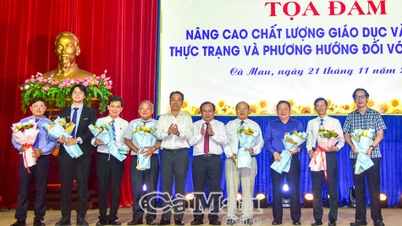





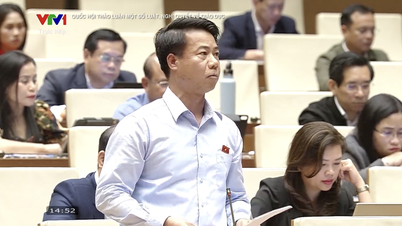


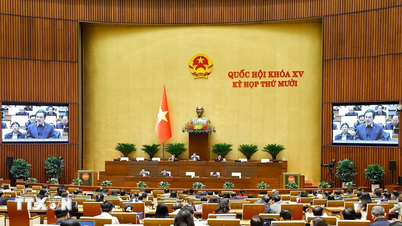
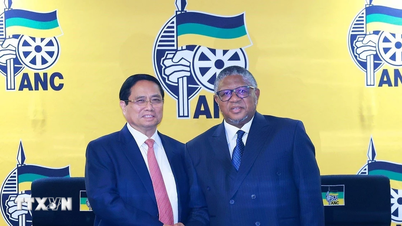




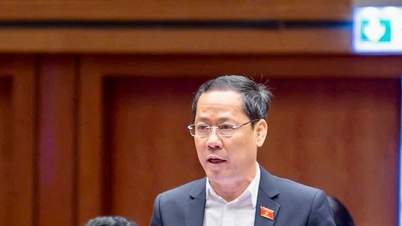







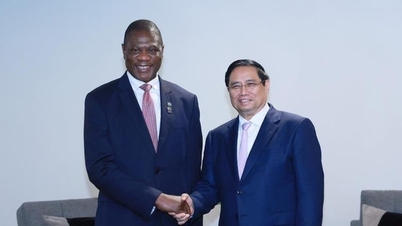

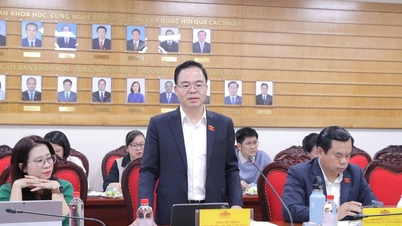












































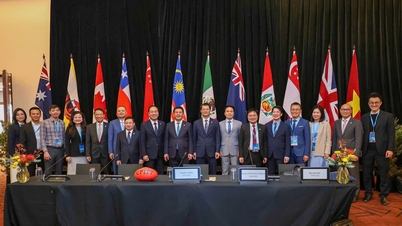









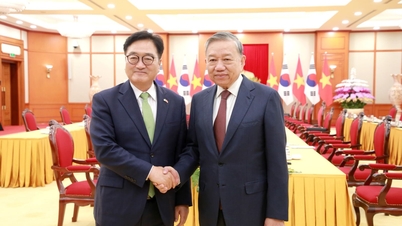


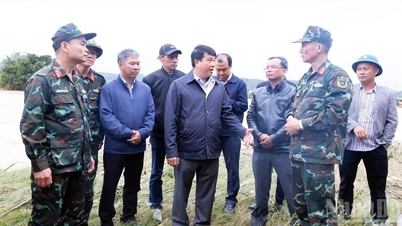
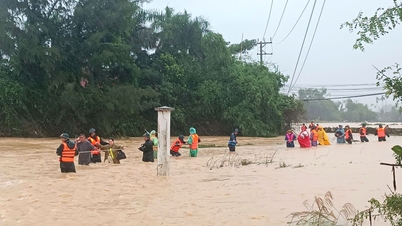



















Comment (0)